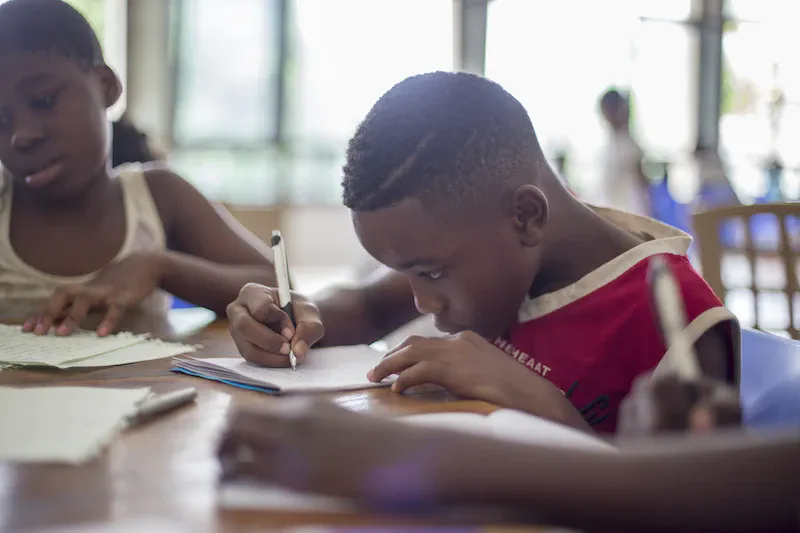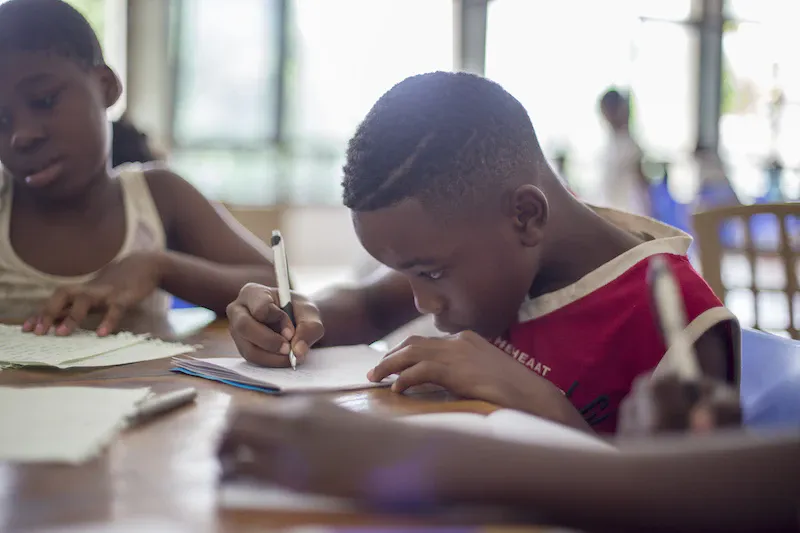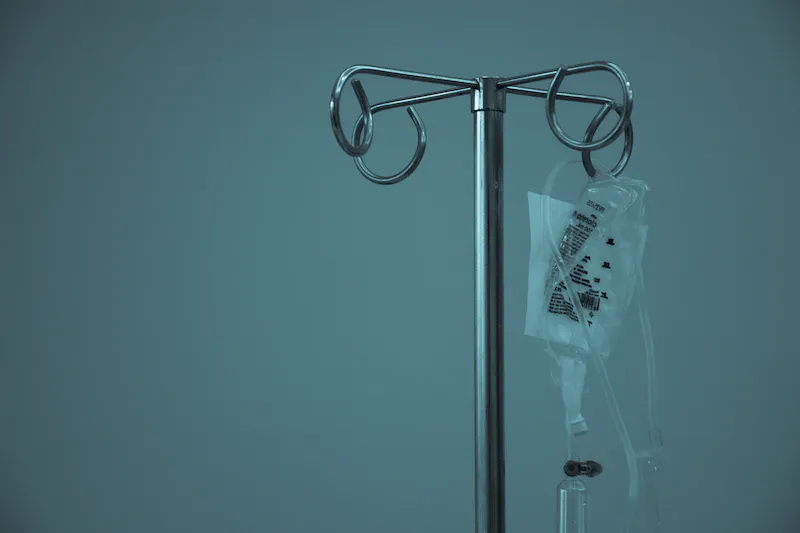The Power of Comprehensive Sexuality Education: Understanding its Impact and Importance

The Eight Steps of Traditional American Relationships
You know those eight steps that we’re all supposed to follow when it comes to relationships? Meet someone of the opposite sex, date, fall in love, get engaged, get married, have sex on your honeymoon, and then make babies? Yeah, those ones. Well, let me tell you, hardly anyone actually follows them.
As a sexuality educator for the past 30 years, I’ve learned that these steps can create a gap between our values and our behaviors. And in that gap, we often experience heavy emotions like shame, guilt, regret, and fear. But what do we do with those feelings?
In my experience, comprehensive sexuality education can help us process these emotions and unpack them to move forward. It’s not just about sex, either. It’s about promoting sexual health and encouraging well-being and pleasure.
But why are we so uncomfortable talking about sex? Maybe it’s because of the way we were raised or past experiences that were non-consensual. Regardless, we all go through changes and discomfort throughout our lives.
So let’s focus on what sexuality really means - it’s not just about sexual orientation. It’s about feelings, erotic energy, and identities. And we need to remember that sexuality education is an act of love and can truly save lives.
If we don’t change the way we approach sexuality education, we’ll continue to face the same problems. So let’s prioritize comprehensive sexuality education in K-12 schools, taught by qualified individuals, to truly make a positive impact on our culture.
The Truth About How Few People Actually Follow Those Steps
Raise your hand if you’ve heard of those eight steps to a traditional American relationship. You know the ones - meet someone, date, fall in love, get engaged, get married, have sex on your honeymoon, and then make babies. Seems simple enough, right?
But the reality is that hardly anyone actually follows these steps. As a sexuality educator, I’ve seen firsthand how our values and behaviors often don’t match up when it comes to relationships. This creates a gap where we can experience heavy emotions like shame, guilt, regret, and fear.
And let’s be honest, talking about sex is uncomfortable. It’s a difficult topic for many of us to discuss, often due to how we were raised or past experiences that were non-consensual. But the bottom line is that we all go through changes and discomfort throughout our lives.
So where do we go from here? It’s time to prioritize comprehensive sexuality education. We need to be taught how to process these difficult emotions and unpack them in a healthy way. It’s not just about sex, either. It’s about promoting sexual health, well-being, and pleasure.
The truth is, if we continue to approach relationships and sexuality in the same way, we’ll continue to face the same problems. It’s time for a change. Let’s prioritize comprehensive sexuality education in our schools, taught by qualified individuals who can truly make a positive impact on our culture.
Comprehensive Sexuality Education as a Means of Processing Difficult Emotions
Sexuality education isn’t just about learning how to have sex - it’s about so much more than that. It’s about learning how to process difficult emotions that can come up throughout our lives. As a sexuality educator, I’ve seen firsthand how important it is to have access to comprehensive sexuality education.
When we’re taught about relationships and sexuality, we’re often taught to follow a specific set of steps. But the truth is that life is messy, and relationships are messy. We don’t always follow those steps, and that can create a gap where we experience heavy emotions like shame, guilt, regret, and fear.
That’s where comprehensive sexuality education comes in. It’s not just about teaching us how to have safe sex - it’s about teaching us how to navigate relationships and emotions in a healthy way. We learn how to build skills to process difficult feelings and how to communicate with our partners effectively.
But comprehensive sexuality education isn’t just for young people. It’s important for all of us, regardless of age or sexual orientation. We all face changes and challenges throughout our lives, and having the tools to process those challenges is crucial.
So let’s prioritize comprehensive sexuality education in our schools and communities. Let’s work to break down the stigma surrounding discussions about sex and emotions. By doing so, we can create a more open and supportive culture that prioritizes sexual health, well-being, and pleasure.
The Discomfort of Talking About Sex and the Need for Education
Sex is a difficult topic for many of us to talk about, and that’s mostly because of the way we’ve been raised or perhaps things that have happened to us that weren’t consensual. The truth is, we go through changes throughout our lifespan, and perhaps you were uncomfortable in puberty, when you were pregnant, or when you’ve had a lot of alcohol or as you’re aging. We go through these changes with discomfort, and it’s normal to feel that way.
When it comes to sex education, many people have negative associations with it. There is political positioning, religious rhetoric, and even censorship from parents. But the provision of sexuality education is a subversive act. It’s about providing comprehensive education on topics that relate to all of those eight steps, not just one.
Comprehensive sexuality education can help us build skills to process difficult emotions like shame, guilt, regret, and fear. It can help us unpack these feelings and move along. We need to remember that sex is not just about reproduction. It’s about pleasure, well-being, and progress. By instituting comprehensive sexuality education in K-12 grades, taught by qualified individuals, we can impact our culture positively and promote sexual health.
The Importance of Values and Identities in Sexuality
Sexuality is an integral part of our lives, and it’s essential to understand how our values and identities play a crucial role in shaping our sexual experiences. The way we feel about ourselves and others, our beliefs, and our cultural background all contribute to how we view and approach sexuality.
It’s important to recognize that sexuality is not a one-size-fits-all experience. Everyone has their own set of values, beliefs, and identities that shape their sexual experiences. As a result, comprehensive sexuality education must take into account these diverse perspectives to provide a more inclusive and accurate portrayal of human sexuality.
In discussing sexuality, it’s also essential to acknowledge that individuals may experience discomfort and shame around the topic due to societal attitudes and beliefs. This discomfort can make it challenging to have open and honest conversations about sexuality. Therefore, comprehensive sexuality education must provide a safe and supportive space for individuals to discuss their values, identities, and experiences without judgment or stigma.
Understanding the importance of values and identities in sexuality can help individuals develop a positive and healthy relationship with their sexual selves. By recognizing the unique factors that shape our sexual experiences, we can move towards a more inclusive and informed society that respects and celebrates diverse sexual identities and expressions.
The History of Sex Education in America
Sex education has a long and complex history in America. In the early 20th century, sex education was primarily focused on teaching children about the physical and biological aspects of sex, with the goal of preventing venereal diseases. However, this approach was controversial and many religious and conservative groups opposed it, leading to the decline of sex education in schools.
In the 1960s and 1970s, sex education began to re-emerge in schools, but this time with a broader focus on relationships, communication, and contraception. However, the issue remained divisive and controversial, with many parents and religious groups opposing the inclusion of such information in school curriculums.
In the 1980s, the AIDS epidemic sparked a renewed interest in sex education, as schools and policymakers recognized the need for accurate and comprehensive information about safe sex practices. This led to a shift towards more evidence-based and medically accurate sex education, with a focus on the prevention of sexually transmitted infections and unintended pregnancies.
Today, sex education in America remains a contentious issue, with debates surrounding the appropriate age to begin sex education, what topics should be covered, and the role of parents and schools in providing this education. However, there is a growing recognition of the importance of sex education in promoting healthy relationships, preventing STIs and unintended pregnancies, and enabling individuals to make informed decisions about their sexual health.
The Importance of Critical Thinking and a Holistic Approach to Sex Education
Sex education has been a contentious issue in the United States for decades, and for good reason. As we have seen in previous sections, there is a complex history of cultural, political, and social factors that have shaped how sex education is taught in America. However, one thing is clear: traditional sex education that solely focuses on the biological aspects of sex is not enough.
In today’s world, where children are bombarded with sexual imagery and messages from various sources, it is essential that they receive a comprehensive and holistic education that enables them to make informed decisions about their bodies and their sexual health. This education must include not only the biological aspects of sex but also the social, emotional, and psychological aspects that are often ignored.
One of the key components of a holistic approach to sex education is critical thinking. Students must learn how to analyze the information they receive, identify biases, and evaluate the sources of information. They must also learn how to question societal norms and beliefs about sex and gender and develop their own values and beliefs based on scientific facts and their own experiences.
It is also crucial that sex education is culturally sensitive and inclusive. This means recognizing and respecting the diversity of identities and experiences that exist within our communities. Education must be tailored to address the specific needs of different groups, including LGBTQ+ individuals, people with disabilities, and people from different cultural and religious backgrounds.
In conclusion, the need for comprehensive, holistic, and culturally sensitive sex education that includes critical thinking skills cannot be overstated. It is time to move beyond the traditional approach to sex education and provide our children with the tools they need to navigate the complex world of sex and relationships.
The Potential Life-Saving Impact of Comprehensive Sexuality Education
Comprehensive sexuality education has the potential to save lives. That may seem like an overstatement, but it’s true. When people receive accurate, age-appropriate information about sex, they are more likely to make healthy decisions that can prevent unintended pregnancies and sexually transmitted infections (STIs).
Studies have shown that comprehensive sex education programs can reduce rates of unprotected sex, STIs, and teen pregnancies. In fact, the Centers for Disease Control and Prevention (CDC) has stated that “comprehensive sex education that includes information about both abstinence and contraception is the most effective approach for reducing teen pregnancy and STIs.”
But it’s not just about preventing negative outcomes. Comprehensive sexuality education can also enable individuals to make positive decisions about their sexual health and well-being. It can help break down stigmas and shame surrounding sexuality and promote healthy relationships based on communication, respect, and consent.
In addition, comprehensive sexuality education can have a positive impact on mental health. When individuals are equipped with accurate information and have the tools to make informed decisions about their sexual health, they may experience less anxiety and stress related to sexuality.
It’s important to note that comprehensive sexuality education is not about promoting sexual activity, but rather about equipping individuals with the knowledge and skills they need to make healthy decisions for themselves. By providing this education, we can help individuals live healthier, safer, and more fulfilling lives.
Conclusion
In conclusion, comprehensive sexuality education is a critical component of promoting healthy relationships and reducing the negative consequences of unsafe sexual behaviors. Despite the discomfort that talking about sex may draw out, it is essential to have open and honest conversations about sexuality to ensure that young people are informed and equipped with the knowledge and skills they need to make safe and healthy decisions.
Sex education in America has a complex and often controversial history, but there is a growing recognition of the need for a holistic approach to sexuality that goes beyond just discussing the mechanics of sex. This approach involves exploring the values and identities that shape our sexual experiences and understanding the social and cultural factors that contribute to sexual health disparities.
By emphasizing critical thinking and enabling young people to make informed decisions about their sexual health, comprehensive sexuality education has the potential to save lives and promote greater well-being. As we continue to navigate the challenges of providing effective sex education, it is essential to remain committed to promoting healthy sexuality and reducing the negative consequences of unsafe sexual behaviors.




